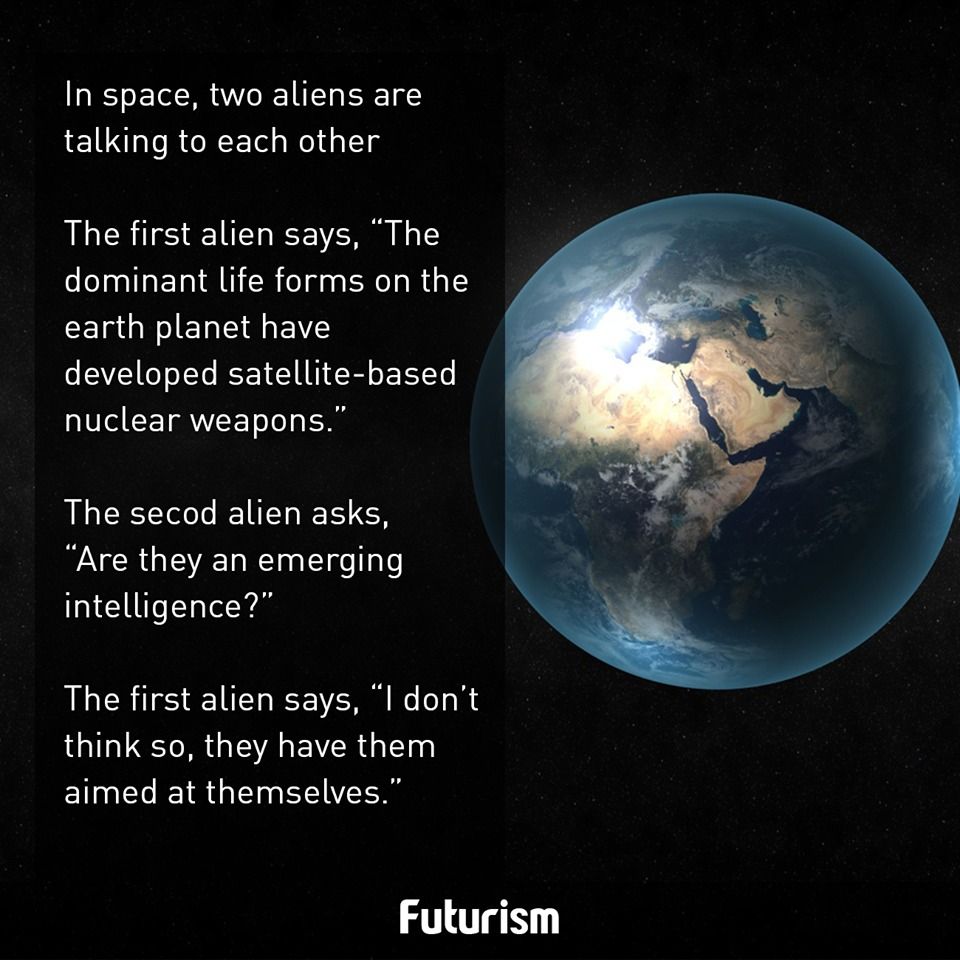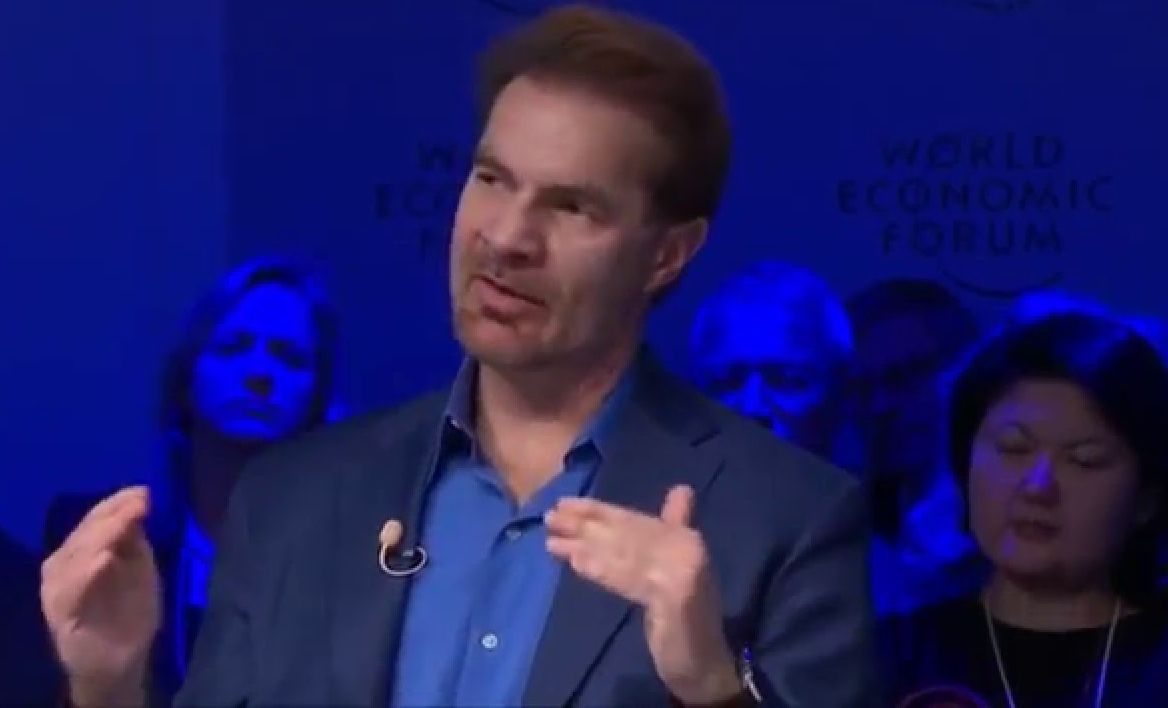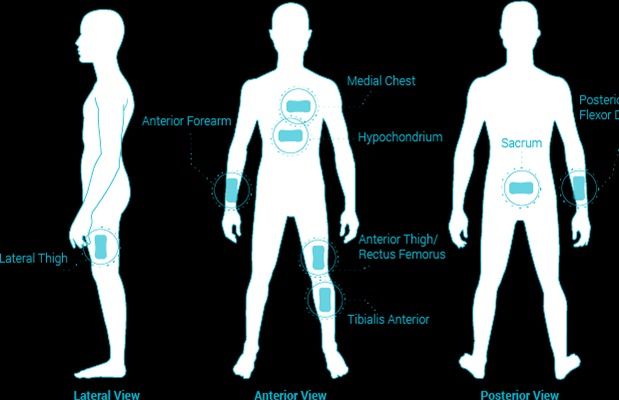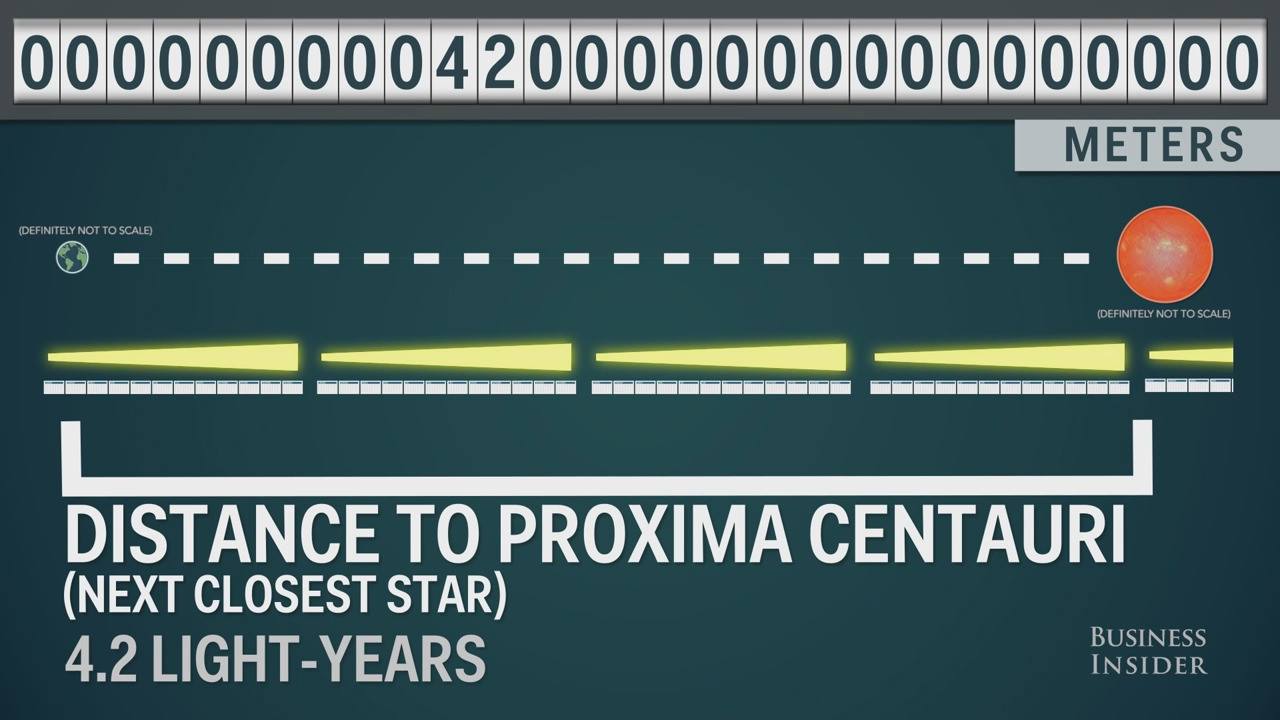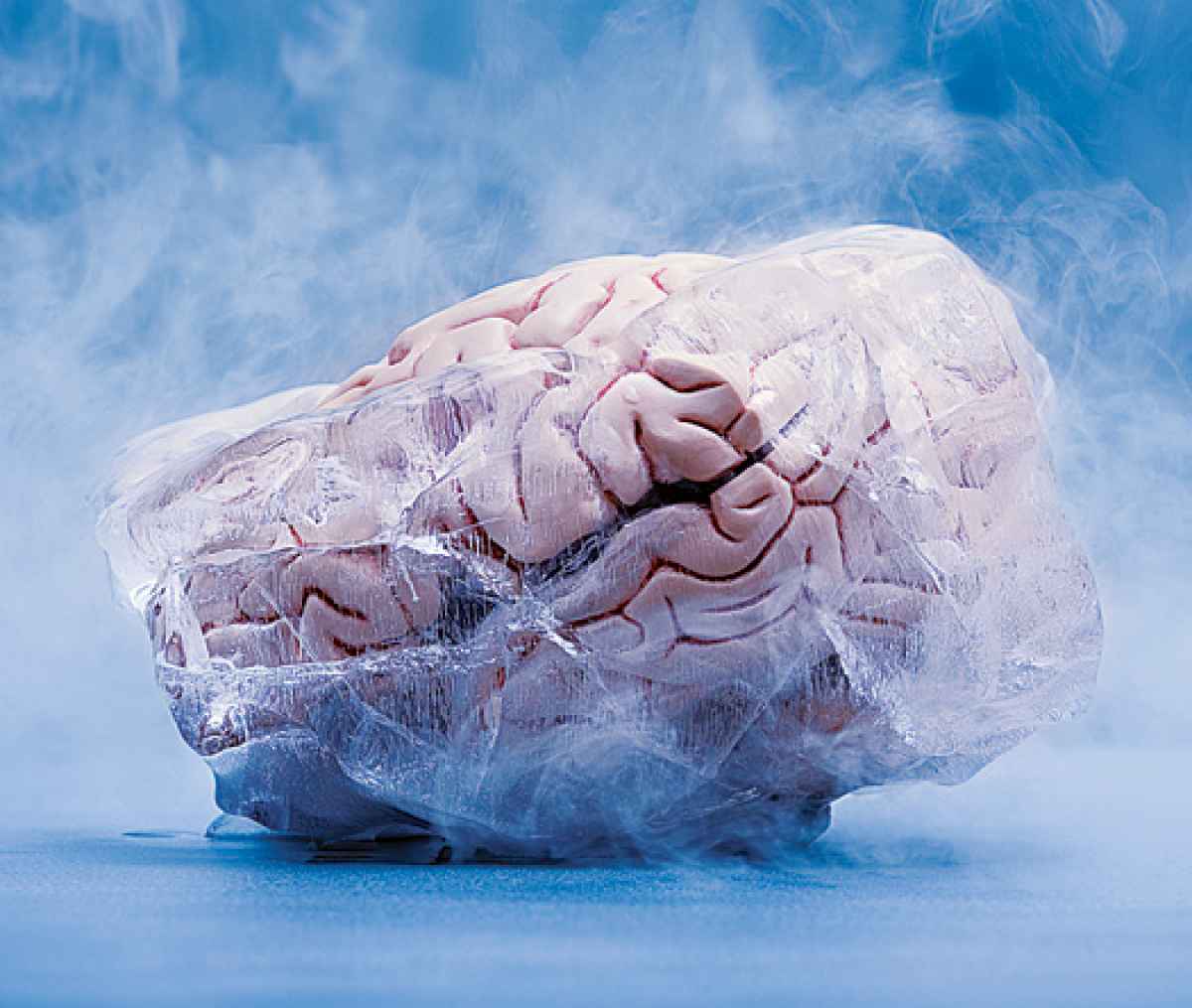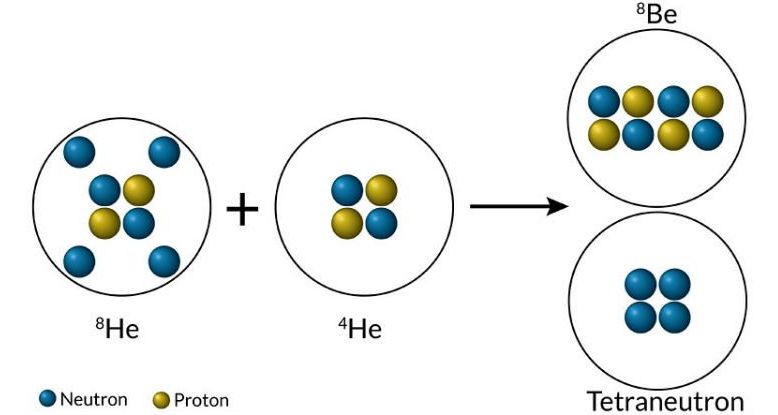What matters is why it was developed and how it is used.
A World Without Work. Just Play and Have Fun.
Christopher Pissarides defends a universal basic inome at Davos 2016.
How will rapid technological progress and the prospect of longer, healthier lives revolutionize work?
Self-driving cars may represent an important achievement in the fields of artificial intelligence and robotics, but one car manufacturer is hoping to develop new technologies that could help these autonomous machines drive less like robots and more like, well, humans.
British automotive company Jaguar Land Rover is taking part in a new research project, dubbed MOVE-UK, to foster the development of safer and more effective autonomous cars. The initiative aims to study how human drivers behave in real-life situations, such as when roads are congested, when weather is bad or when routes are diverted because of construction.
“Customers are much more likely to accept highly automated and fully autonomous vehicles if the car reacts in the same way as the driver,” Wolfgang Epple, director of research and technology for Jaguar Land Rover, said in a statement. “By understanding and measuring positive driving behaviors, we can ensure that an autonomous Jaguar of Land Rover of the future will not simply perform a robotic function.” [Photos: The Robotic Evolution of Self-Driving Cars].
Human and animal movements generate slight neural signals from their brain cells. These signals obtained using a neural interface are essential for realizing brain-machine interfaces (BMI). Such neural recording systems using wires to connect the implanted device to an external device can cause infections through the opening in the skull. One method of solving this issue is to develop a wireless neural interface that is fully implantable on the brain.
However, the neural interface implanted on the brain surface should be of small size and minimally invasive. Furthermore, it requires the integration of a power source, antenna for wireless communication, and many functional circuits.
Now, a research team at the Department of Electrical and Electronic Information Engineering at Toyohashi University of Technology has developed a wafer-level packaging technique to integrate a silicon large-scale integration (LSI) chip in a very thin film of a thickness 10 µm (Sensors, “Co-design method and wafer-level packaging technique of thin-film flexible antenna and silicon CMOS rectifier chips for wireless-powered neural interface systems”).
“Over the past year, Google engineers have experimented and developed a set of building blocks for the Internet of Things - an ecosystem of connected devices, services and “things” that promises direct and efficient support of one’s daily life. While there has been significant progress in this field, there remain significant challenges in terms of (1) interoperability and a standardized modular systems architecture, (2) privacy, security and user safety, as well as (3) how users interact with, manage and control an ensemble of devices in this connected environment.
It is in this context that we are happy to invite university researchers1 to participate in the Internet of Things (IoT) Technology Research Award Pilot.”
“Produced by the Jet Propulsion Lab at NASA, these gloriously retro space posters make a trip to the stars look like a holiday”
BioStamp Research Connect™
Posted in futurism
Built from the ground up with researchers in mind, the BioStampRC™ system is the simplest way to gather complex physiological data.
Shkalla e Universit!
Posted in space
Karl Sagan ka thene dikur se ka me shume yje ne univers se sa kokrriza rere ne te gjitha plazhet e Tokes. Ne te njejten kohe, ka me shume molekula H2O ne dhjete pika uji se sa ka yje.
_______________________________________________________________________________________
The scale of the universe (HD)
Published on Sep 23, 2015.
Carl Sagan told us that there are more stars in the universe than there are grains of sand on all of the Earth’s beaches. At the same time, there are more H2O molecules in just 10 drops of water than there are stars.
A rabbit’s brain has been successfully returned from long-term cryogenic storage, marking the first time a whole mammalian brain has been recovered in near-perfect condition.
It marks a significant breakthrough in the field of cryonics and boosts the prospect of one day bringing frozen human brains back to life.
Researchers from 21st Century Medicine (21CM) used a new technique called Aldehyde-stabilized cryopreservation that filled the vascular system of the rabbit brain with chemicals that would allow it to be cooled to −211 degrees Fahrenheit (−135 degrees Celsius). When it was thawed, the cell membranes, synapses, and intracellular structures remained intact.
Physicists have found the most convincing signs of a tetraneutron — a four neutron-no proton particle — to date, adding weight to the possibility that the hypothetical particle really does exist. According to theory, this highly elusive particle cluster is impossible, because of how unstable lone neutrons are, but scientists in Japan say they’ve spotted its signature during recent experiments.
While the results need to be replicated independently before we can truly say the fabled tetraneutron exists, if other teams can confirm its existence, we’re going to have to make some serious changes to current understanding of nuclear forces. “It would be something of a sensation,” nuclear theorist Peter Schuck from France’s National Centre for Scientific Research, who wasn’t involved in the discovery, told Science News.
Physicists have been searching for the tetraneutron for decades, and while this 1965 paper concluded that no evidence could be found and “the existence of tetraneutrons is most unlikely”, four separate papers have since reported experimental observations of the particle.
